by Jenny Richardson, BHSAI
Many pupils here at the equestrian centre at our world-leading riding facility often ask me for tips in the area of honing their dressage tests, and increasing marks. The accuracy of riding and the horse’s movements is critical in the dressage score received for any combination, and when it comes to riding a polished dressage test, preparation is the key to success. Accuracy is a dynamic which often gets lost when riders simply focus on the horse’s way of going – which in turn often leads to increases in their own stress levels, and those of their horses. Riding a truly accurate test is an important way to gain marks, so let’s take a look at the key areas.
Riding An Accurate Test
One of the achievable ways to gain extra marks in any dressage test for any rider is to ensure your transitions or turns are exactly on the marker specified by the test. Riders can’t always be sure that their horses won’t lack straightness on the day, or show some tension at a show, but looking out for markers in the area is something everyone can do, and making sure that a movement or transition happens where it is meant to will make a real difference to the final score.
In order to be as accurate as possible, riders need to give themselves as much space in the area as they can. It is often a neglected factor, and the rule of thumb for any dressage rider is to ride into the corner as deep as your horse can manage; that is, so he can keep the same rhythm, tempo, balance and quality of his gait. By making sure riders give themselves the maximum space possible, they can be more accurate and get better marks for not cutting the corners.
It is also crucial to know your movements. If you are not sure of the exact size of a circle, loop or serpentine, measure it out at home in advance, or ask your instructor to show you so you can visualise that when in the area. This is a great way to snap up marks, and avoid judge’s comments on the sizes of the circles not being quite right!
If your horse is likely to be tense, riders should take the opportunity to get in to the arena as soon as possible, giving themselves the best chance to show their horses the judges box or car, the white boards, or any scary plant pots which all may be rather suspicious to a nervous equine. Displaying a relaxed test is sure to increase the level of accuracy and the marks.
My other top tip is that in my view it is essential to memorise your test. You want to be able to do your dressage test on autopilot, so you know the movements inside out, and can focus on riding the horse. This will ensure fluidity between movements and harmony.
For articles and info on equestrian matters please visit www.pegasus-magazine.co.uk . This is the website of the UK’s Pegasus Magazine. Click here to Discover More and read articles.





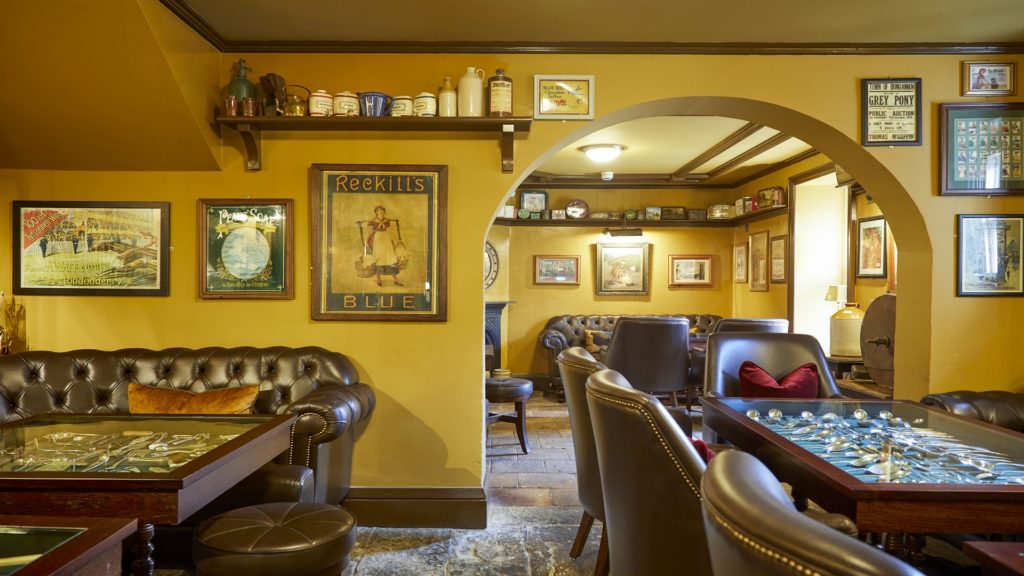
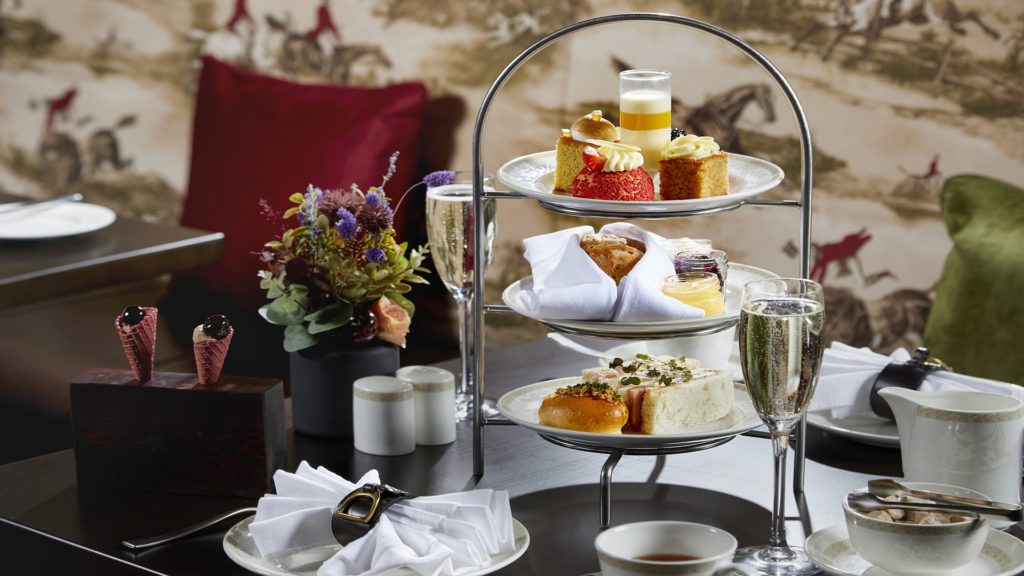





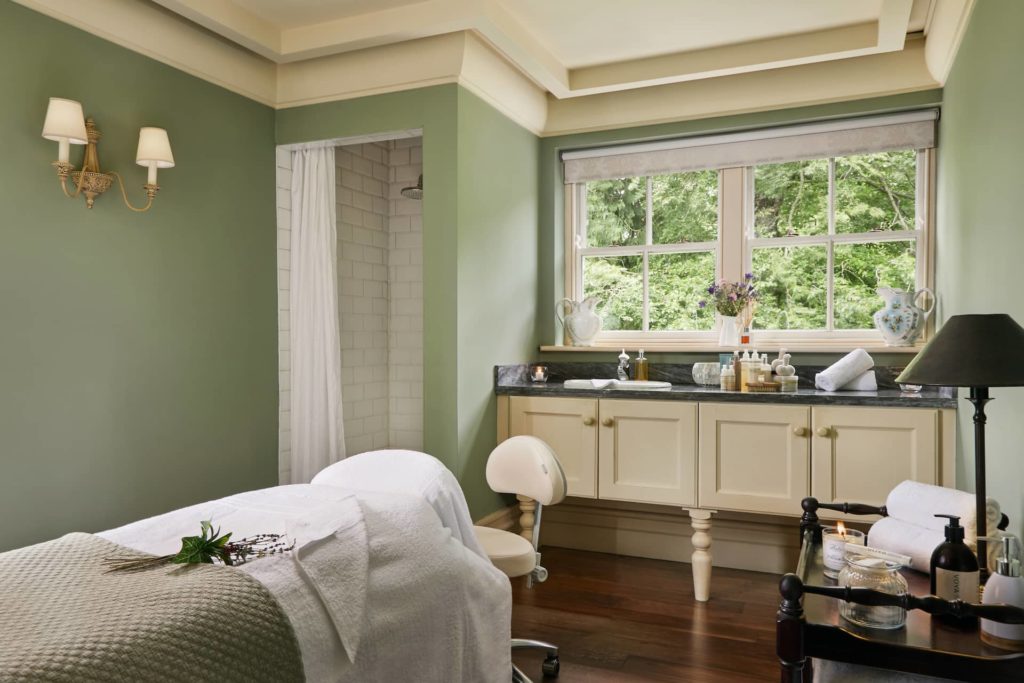

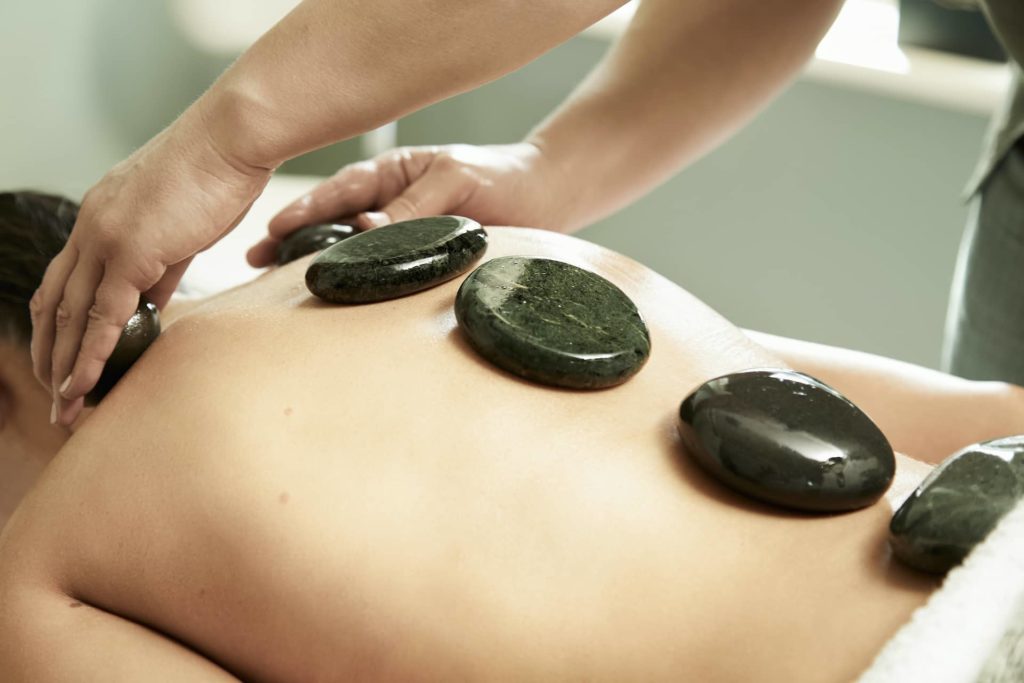
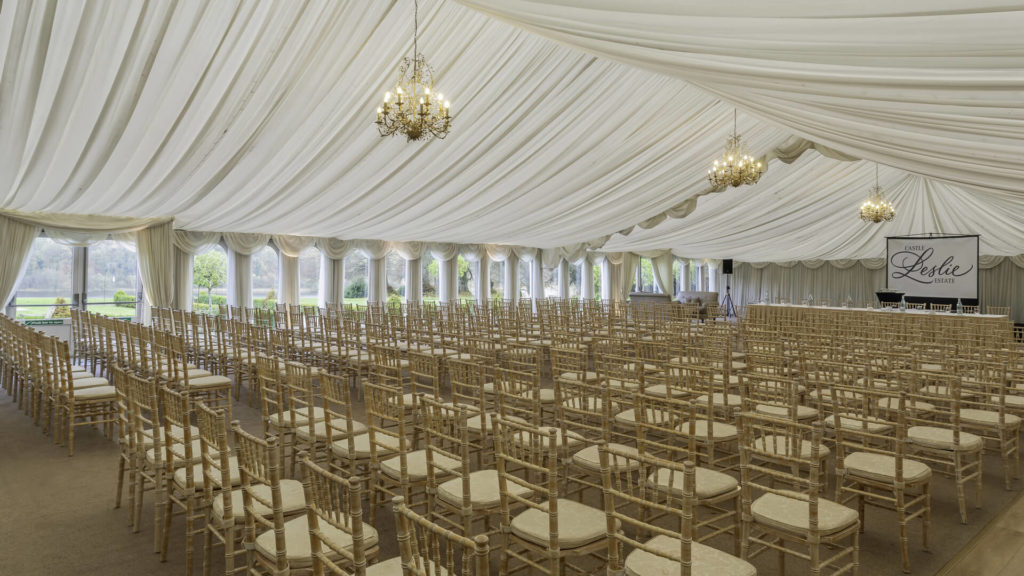

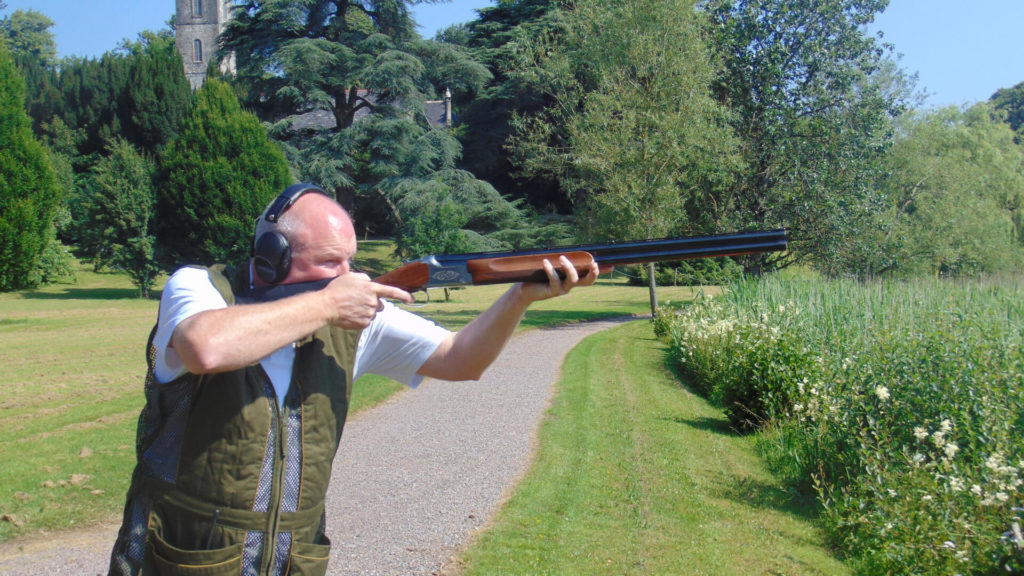
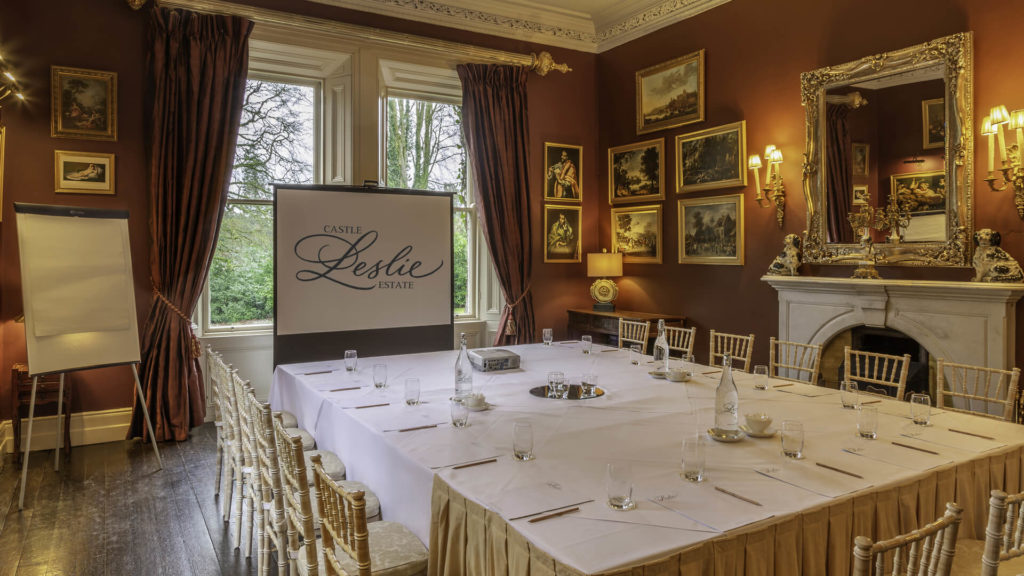


Recent Comments